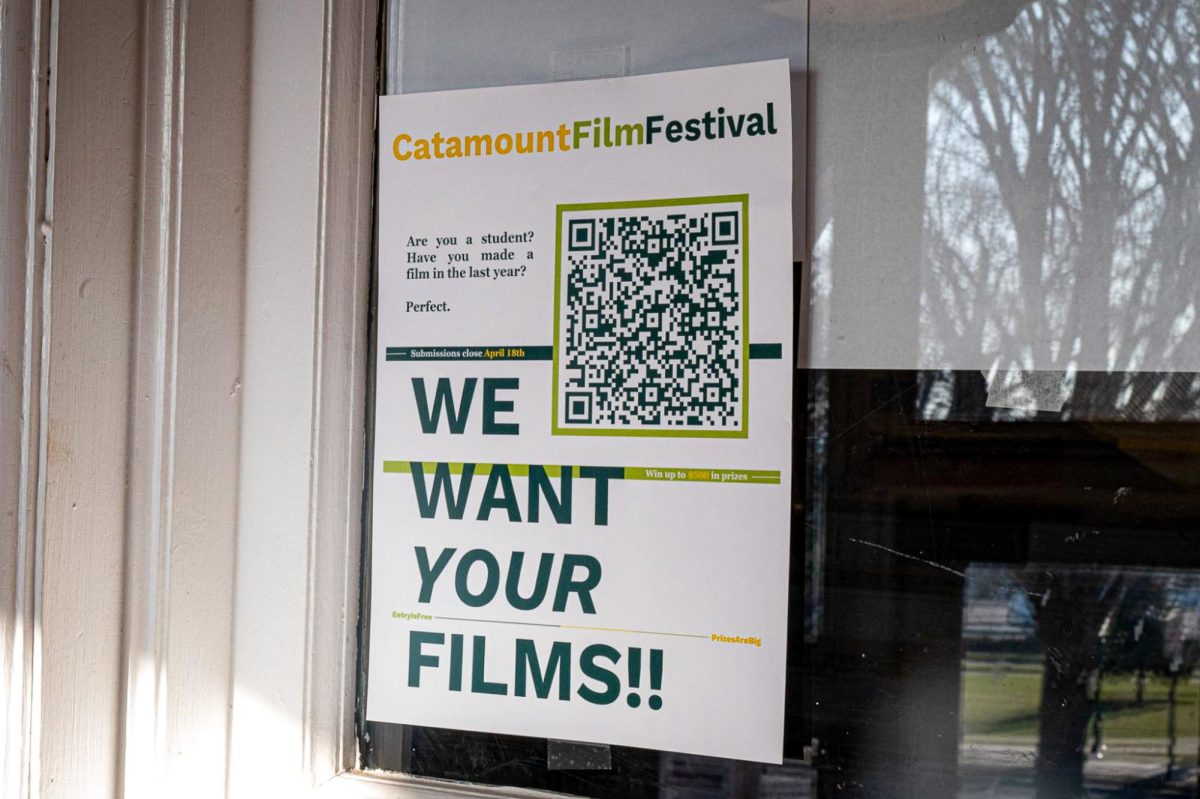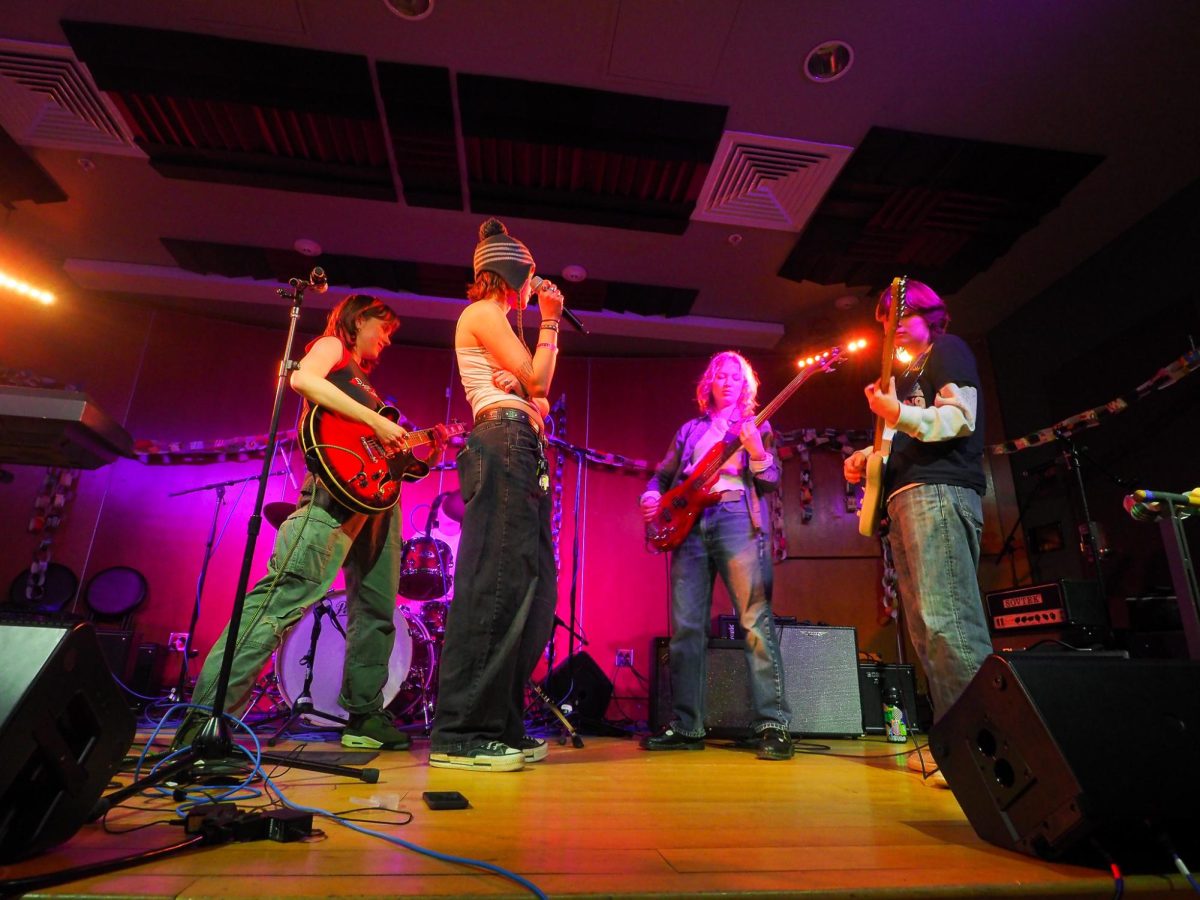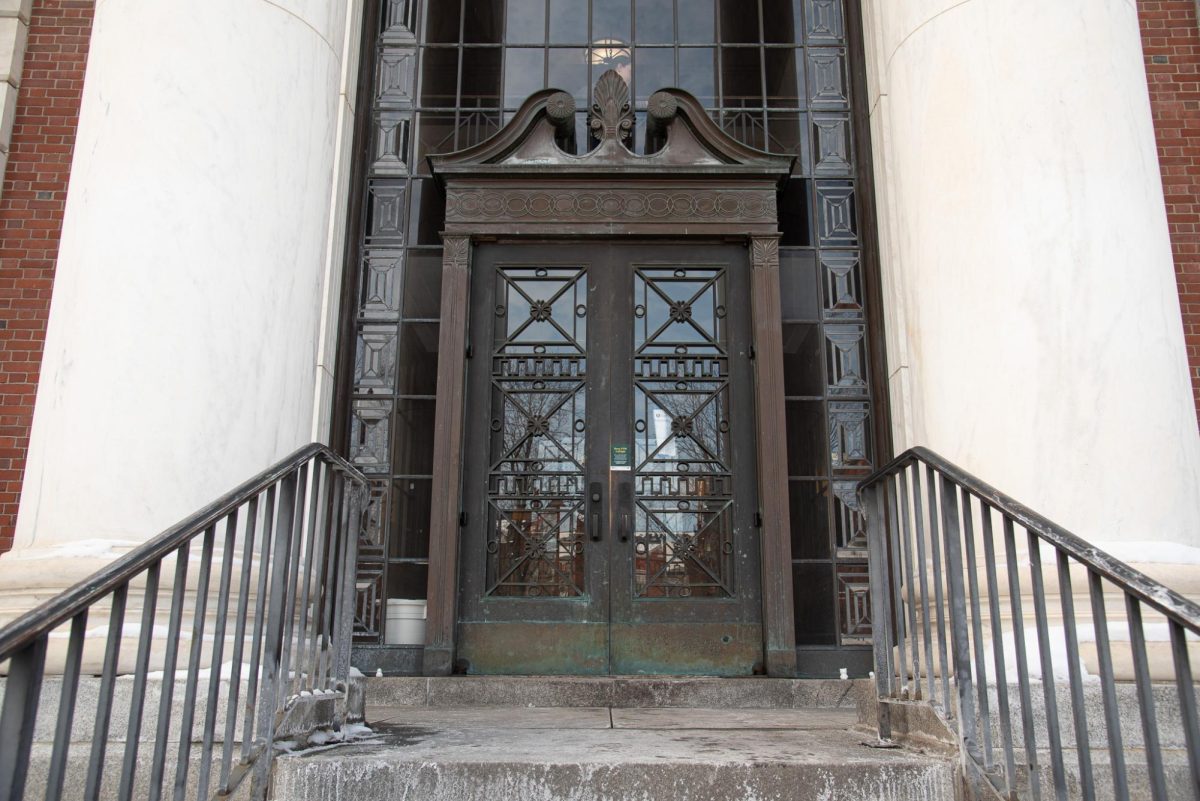We all know the feeling…the blistering cold winds whipping us in the face as we struggle to get to our destination, to feel the warm air inside as it rejuvenates us back to our original thawed selves.
Yet, how many students or faculty know where that heat is coming from, or how much it costs, or how it is polluting our air?
These are important questions to ask as they affect not only our tuition, but more importantly our environment.
In an Environmental Management Systems class we went to the Central Heating Plant on campus to find out some answers.
The Central Heating Plant is that immense brick building in the middle of campus, right next to the bookstore, the library, and behind the Royal Tyler Theater.
It is recognizable by the large chimney stacks on the top and the not so discernible solar panels on the roof. The inside of the building is impressively filled with four older boilers and one large newer boiler that together can burn up to 800 gallons per hour or three truckloads of heating oil (or the equivalent in natural gas) on cold days.
A peek inside a running boiler brings the feeling of a highly packed action movie with the flame from an explosion rushing at you, and a thin pane of glass as the only thing saving you from getting oven roasted.
The ceiling is covered in a maze of yellow, orange, black, red, green, and blue pipes that run every which way throughout the plant carrying a different component to its desired destination.
There are 11 workers for the central heating plant that operates 24 hours a day, bringing warmth to 85% of campus spaces, including all campus dorms.
The question that arises is whether UVM, which is promoting itself as a “green” university, is really doing all that it can in its effort to reduce its air pollution.
By heating our school with our current system, we produce greenhouse gases and other pollutants which come in the form of carbon monoxide, nitrous oxide, sulfur oxide and particulate matter.
UVM does try to be environmentally responsible by burning oil with a sulfur content one half of what we’re allowed. Possibly more significantly, though, UVM plans to keep expanding in the future, with the addition of new buildings and more students.
With the addition of these new buildings, UVM’s fuel use is expected to increase by more than a quarter of its current use.
This raises some questions about how we could reduce our air emissions while still allowing for the expansion.
For instance, how much power could be generated by having more solar panels on the tops of buildings?
How much power could be saved by having the lights in the larger buildings go into sleep mode?
In most of the larger buildings there are lights on 24/7. When no one is around why do those lights need to be on constantly?
What commercial sources of alternative energies, such as wind power and biodiesel, could reduce air pollution and greenhouse gases, and at what cost? Could UVM afford to change fuels and stop burning oil, using just natural gas?
As current students, we are stakeholders in the university and its inputs into the environment, our environment. As students this is our campus and our university, and what we put out into the open air reflects on us, so let’s get involved and learn more about this issue and how we could make a difference in the future of UVM and its growth.
For more information go to the Heating Plant’s web page











